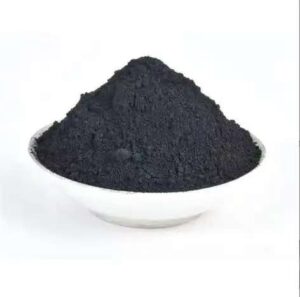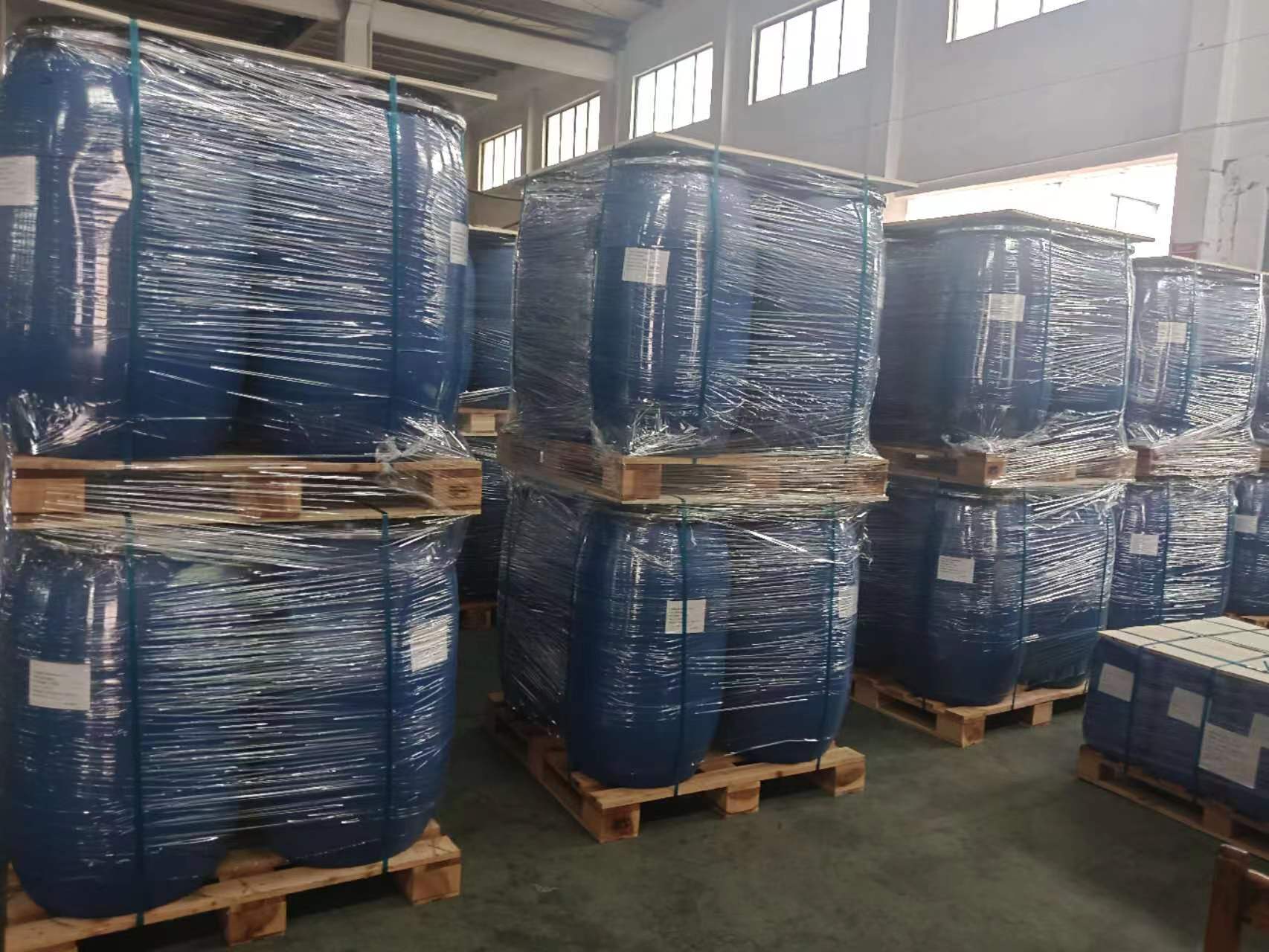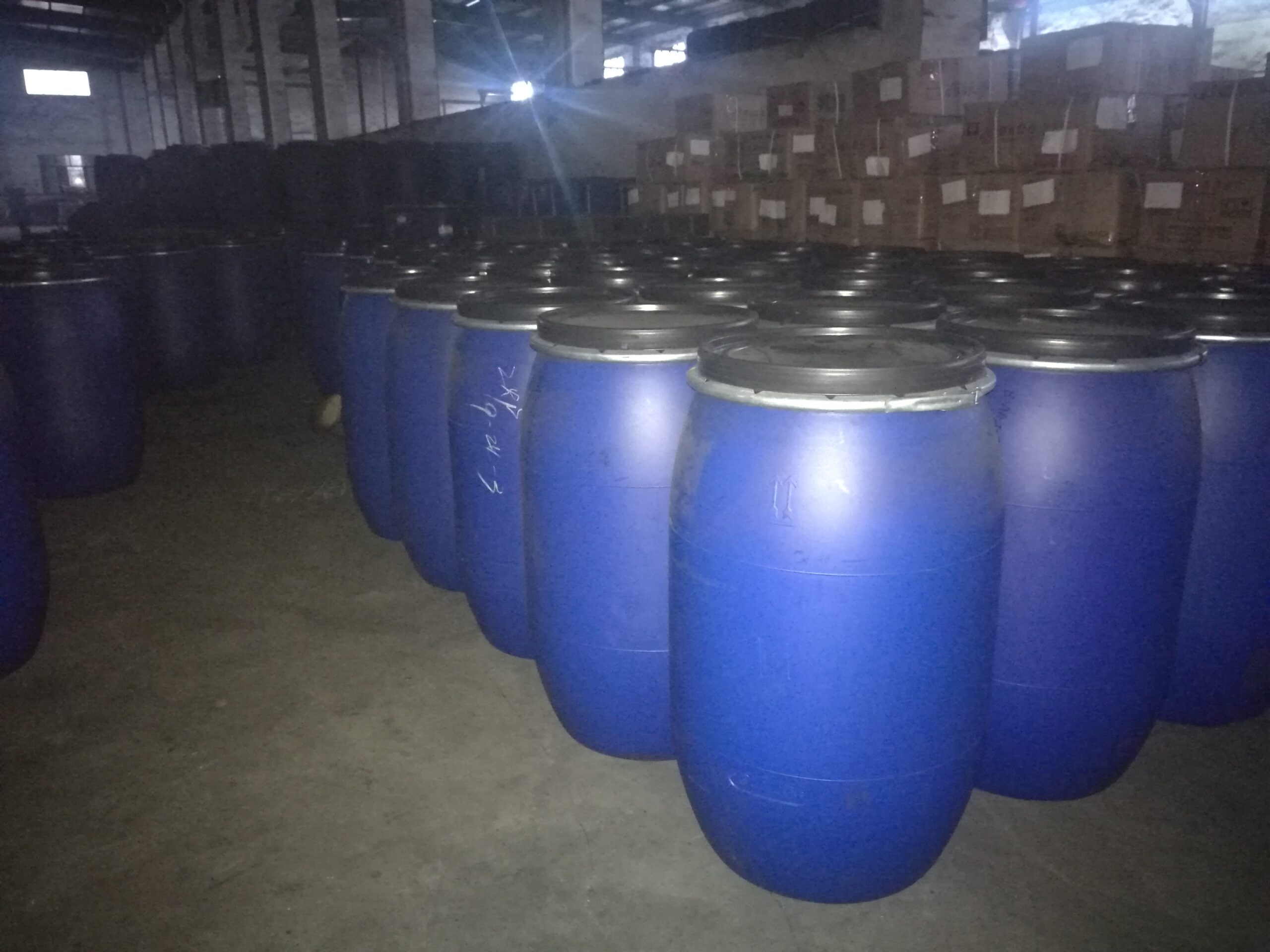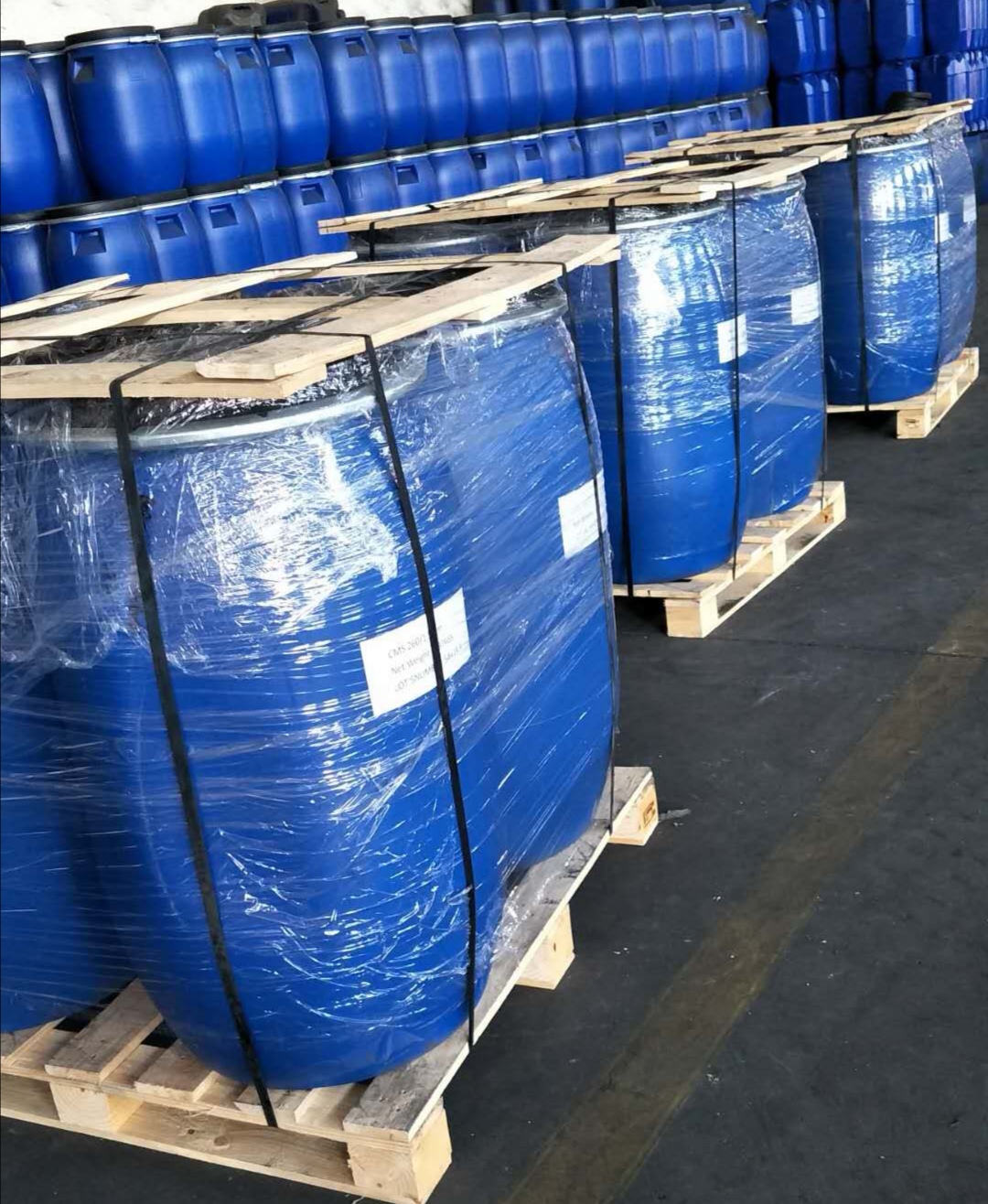Molecular sieve catalysts have high added value and broader future development space.
1. The import dependence of China’s catalyst industry is high, and there is a large space for domestic substitution.
Catalysts are important mediators in chemical reactions. Molecular sieve catalysts are one of the important varieties. Approximately 90% of industrial processes involve the use of catalysts, including chemical engineering, petrochemicals, biochemistry, environmental protection, and many other fields. According to the phase state of the reaction system, catalysts can be divided into homogeneous catalysts and heterogeneous catalysts. Among them, heterogeneous catalysts include solid acid catalysts, organic base catalysts, metal catalysts, metal oxide catalysts, complex catalysts, rare earth catalysts, molecular sieve catalysts, and nano catalysts, etc. Most catalysts are composed of active components, carriers for active components, and improving catalytic performance additives. A successful commercial catalyst product requires a large number of trial and screening, involving metals, compounds, promoters, carriers, etc., and commercially successful catalyst products are the core “know-how” of enterprises or research institutions. Some catalyst products have a monopoly phenomenon.
Catalysts play a key role in downstream industries and have a relatively low cost, belonging to high value-added products. In typical coal-to-olefins projects or purchased methanol-to-olefins projects, the proportion of catalyst-related chemicals in production costs is only 4% to 8%. Downstream production enterprises pay more attention to catalyst performance and have a high acceptance of product prices. The performance targets of catalysts include their reaction activity, yield, stability, and service life, etc. And with the improvement of people’s awareness of ecological environment and health, indicators such as sustainable development performance of catalysts, such as greenness, zero emissions, and environmental compatibility, have become more important.
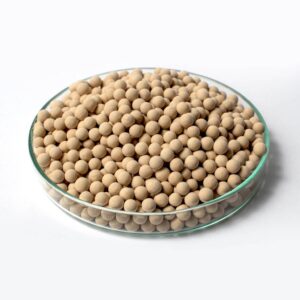
Molecular sieve catalysts are catalysts that use molecular sieves as the active component or carrier. Molecular sieve catalysts are also known as zeolite catalysts. They possess unique and uniform pore structures, large specific surface areas, strong acid centers and oxidation-reduction active centers, and have powerful electric fields within the pores that can polarize. Therefore, molecular sieves are excellent catalysts and catalyst carriers. Different crystal forms of molecular sieve carriers have selectivity for different active components and co-catalysts. Depending on the characteristics of different molecular sieves, they can be further processed to become catalysts for different applications. The same crystal form of molecular sieves can also undergo different modification treatments to be suitable for different catalytic reaction processes. Molecular sieve catalysts, as solid catalysts, are easy to be recycled and processed, and are non-toxic, odorless, and non-corrosive, making them environmentally friendly new catalytic materials.
High performance is the most basic requirement and goal for molecular sieve catalysts in catalysis. The catalytic characteristics of molecular sieves have a high requirement for the catalytic activity of catalytic reactions. The catalytic activity requires a large specific surface area of molecular sieves, uniform pore distribution, and adjustable pore diameters. At the same time, the molecular sieve structure should be stable, have high mechanical strength, good thermal stability, and be reusable after activation and regeneration. In addition, the efficient catalytic characteristics of molecular sieve catalysts have raised more requirements for zeolite molecular sieve materials, catalytic materials and reaction processes, and the combination of reaction engineering systems.
There are many types of molecular sieve catalyst products, mainly used in the fields of environmental protection and chemical engineering. According to pore size classification, molecular sieve catalysts can be divided into microporous molecular sieves, mesoporous molecular sieves, and macroporous molecular sieves. Among them, microporous molecular sieves have strong acidity and high thermal stability, but due to their very small pore diameters, the diffusion resistance is large; mesoporous molecular sieves have high specific surface areas, large adsorption capacities, and large pore diameters, but their disadvantage is weak acidity. According to the microscopic framework structure classification, molecular sieve catalysts can be divided into various types of molecular sieves such as BEA structure, CHA structure, AEI structure, and MFI structure. And within the same framework structure, molecular sieves can be classified into different types, such as CHA structure molecular sieves including SSZ-13 molecular sieves and SAPO-34 molecular sieves. According to application fields classification, molecular sieve catalysts can be divided into environmental catalytic molecular sieves (automobile exhaust catalytic molecular sieves), petrochemical catalytic molecular sieves, and coal chemical catalytic molecular sieves.
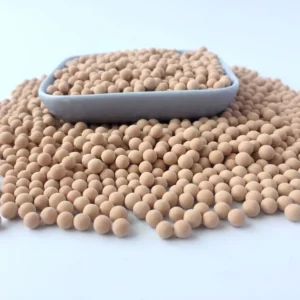
The overall import dependence of China’s catalyst industry is high, and it is one of the largest countries in the global molecular sieve catalyst market. The production technology of catalyst products has the characteristics of multiple disciplines, mutual penetration, and cross-application, and the production process is complex with high technical difficulty. Due to the significant gap between China’s catalyst industry and foreign enterprises, international large chemical enterprises possess advanced catalyst intellectual property rights and industrialization production capabilities. Therefore, the environmental protection, energy chemical, and fine chemical industries in China have a relatively serious reliance on the import of foreign catalysts. In 2020, the total import and export volume of China’s catalyst industry was 2.503 billion US dollars, with an export volume of 552 million US dollars and a trade deficit of 1.399 billion US dollars. The consumption of molecular sieve catalysts in North America and China was 124,000 tons and 102,000 tons respectively, accounting for 38% and 32% of the global total, and the prices of different molecular sieve catalysts varied greatly.
The domestic substitution of molecular sieve catalysts will become an important development trend in China’s catalyst industry. In recent years, as the process of economic structural adjustment in China has deepened and the importance attached to the independent intellectual property rights in key fields has increased, a number of catalyst research and manufacturing enterprises with strong scientific research and production capabilities have emerged. Their products have achieved import substitution and have gradually gained market recognition. Some products also have strong competitiveness in the international market. In the long term, the process of domestic substitution of catalyst products will become the main trend of the development of China’s catalyst industry.
National policies encourage and support the technological development of molecular sieve catalyst-related products. Since the molecular sieve catalyst industry is mainly monopolized by foreign manufacturers, the country has policies to support related technologies.
2. The market demand in traditional industries is large, and the demand in the national six field is growing rapidly
The traditional market of molecular sieve catalysts is mainly in the refining and chemical industries, and the development of environmental protection fields such as exhaust gas desulfurization is rapid. Molecular sieve, as a type of inorganic non-metallic porous crystal material, has the functions of “separating molecules” and “selective catalysis”, and can effectively separate and selectively activate different molecules and organic hydrocarbon molecules. The energy chemical and fine chemical industries can be divided into three industries: petrochemical industry, refining industry, and coal chemical industry; among them, the fine chemical industry is the downstream extension of petrochemical industry, mainly providing chemical products with higher added value and greater correlation with end products. Due to the characteristics of molecular sieves, they are often used as catalytic materials, adsorption separation (multi-component gas separation and purification) materials, and separation exchange materials in the main active components, and are widely used in petrochemical, coal chemical, fine chemical, metallurgy, building materials, environmental protection (including nuclear wastewater, nuclear exhaust gas treatment), soil remediation and governance, and other fields.
